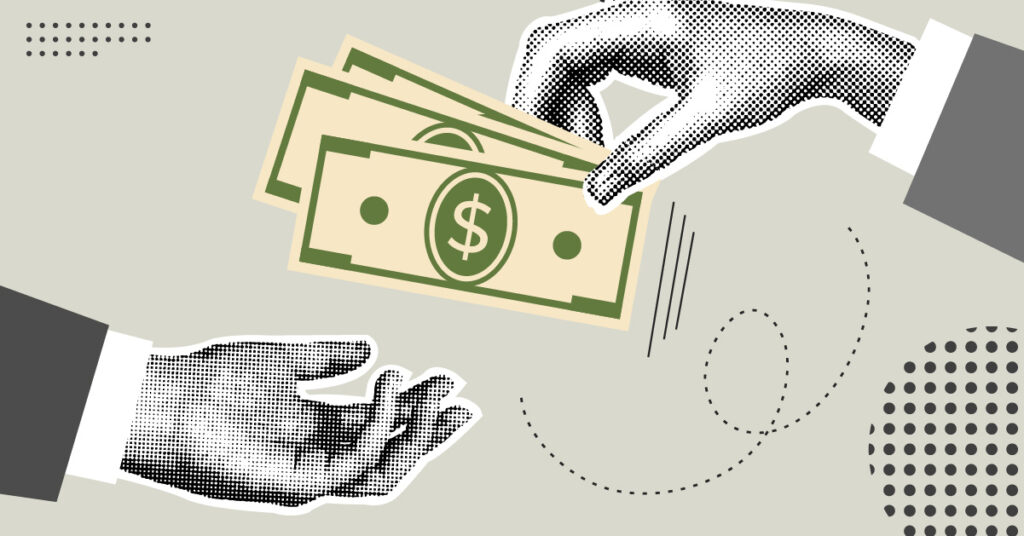 Not only would President Trump’s proposed tax plan fail to deliver on its promise of largely helping middle-class taxpayers, it also would shower a disproportionate share of the total tax cut on taxpayers in some of the richest states while southern and a few other states would receive a smaller share of the tax cut relative to their share of the U.S. population, the Institute on Taxation and Economic Policy (ITEP) said today.
Not only would President Trump’s proposed tax plan fail to deliver on its promise of largely helping middle-class taxpayers, it also would shower a disproportionate share of the total tax cut on taxpayers in some of the richest states while southern and a few other states would receive a smaller share of the tax cut relative to their share of the U.S. population, the Institute on Taxation and Economic Policy (ITEP) said today.
“Whether you look at the national or state-level data, it’s clear that this tax plan is not intended to benefit middle-income Americans,” said Alan Essig, executive director of ITEP. “It’s a tax cut plan that will primarily make the rich richer.”
The ITEP 50-state analysis reveals the plan would lose at least $4.8 trillion in federal revenue over the next decade. The richest 1 percent of taxpayers would receive the greatest share of the tax cut (61.4 percent) while the bottom 60 percent of taxpayers would receive about 10 percent of the cut.
For a breakdown of how the tax plan would affect taxpayers in a specific state, go to: https://itep.org/trumptaxprelim/#state.
Taxpayers in some states collectively will receive a smaller share of the tax cut than their share of the population. Those states are: Alabama, Arkansas, Hawaii, Idaho, Kentucky, Maine, Mississippi, New Mexico, North Carolina, Oregon, South Carolina and West Virginia.
States in which taxpayers will collectively receive a greater share of the tax cut than their share of the U.S. population include: Alaska, Colorado, Connecticut, District of Columbia, Florida, Massachusetts, New York, North Dakota, South Dakota, Texas, Washington and Wyoming.
Regardless of the share of the total tax cut going to each state, the wealthiest taxpayers in every state would benefit most.
“Proponents of this regressive plan will tout the fact that most taxpayers will receive a tax cut,” Essig said. “The top 1 percent will receive an average annual cut of $145,400 compared with $130 for the bottom 20 percent. And the story anti-tax advocates won’t tell is that tax cuts have consequences and the tradeoff likely would be huge cuts in health care, food assistance, educational opportunity, and other critical program and services that benefit all Americans.”





